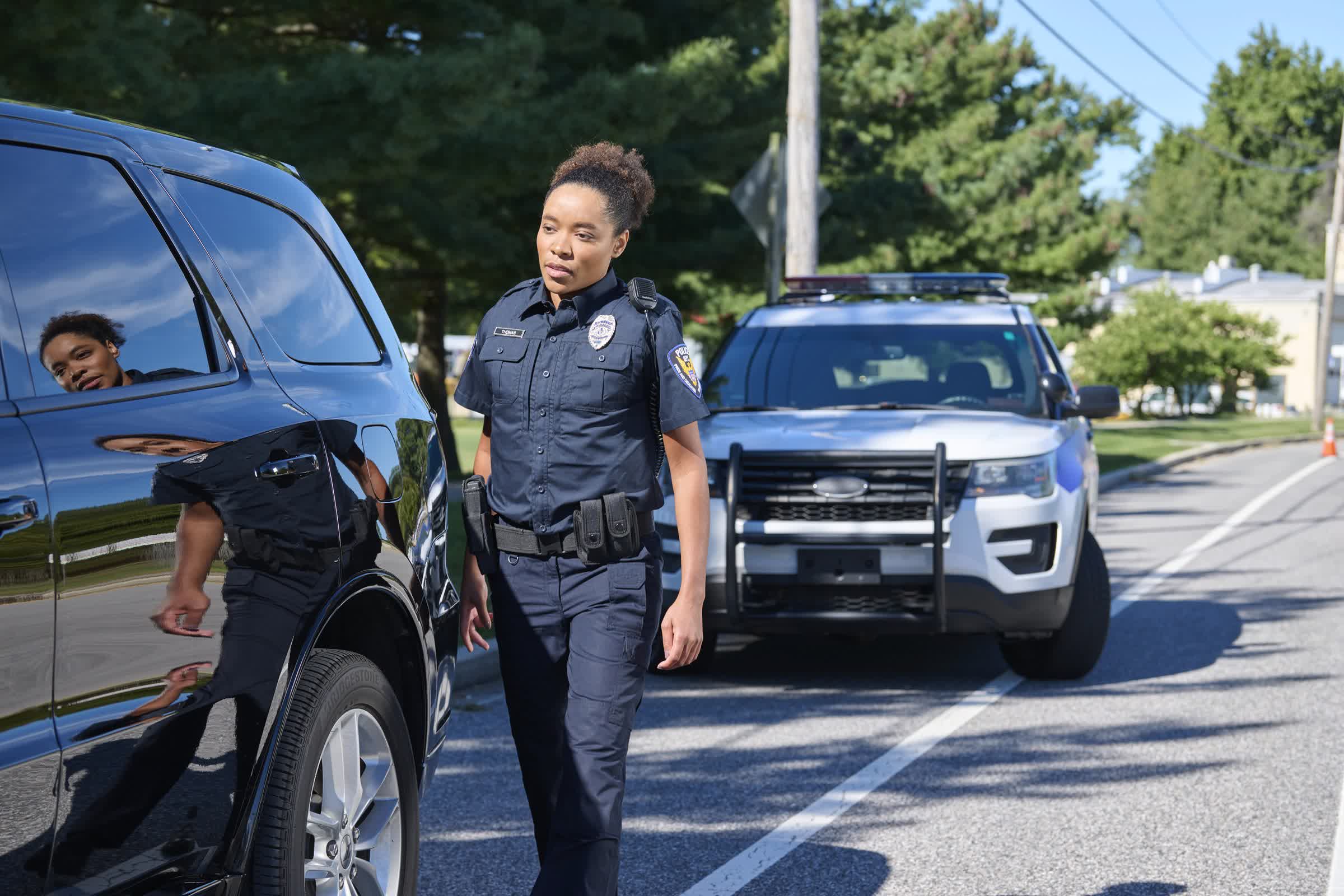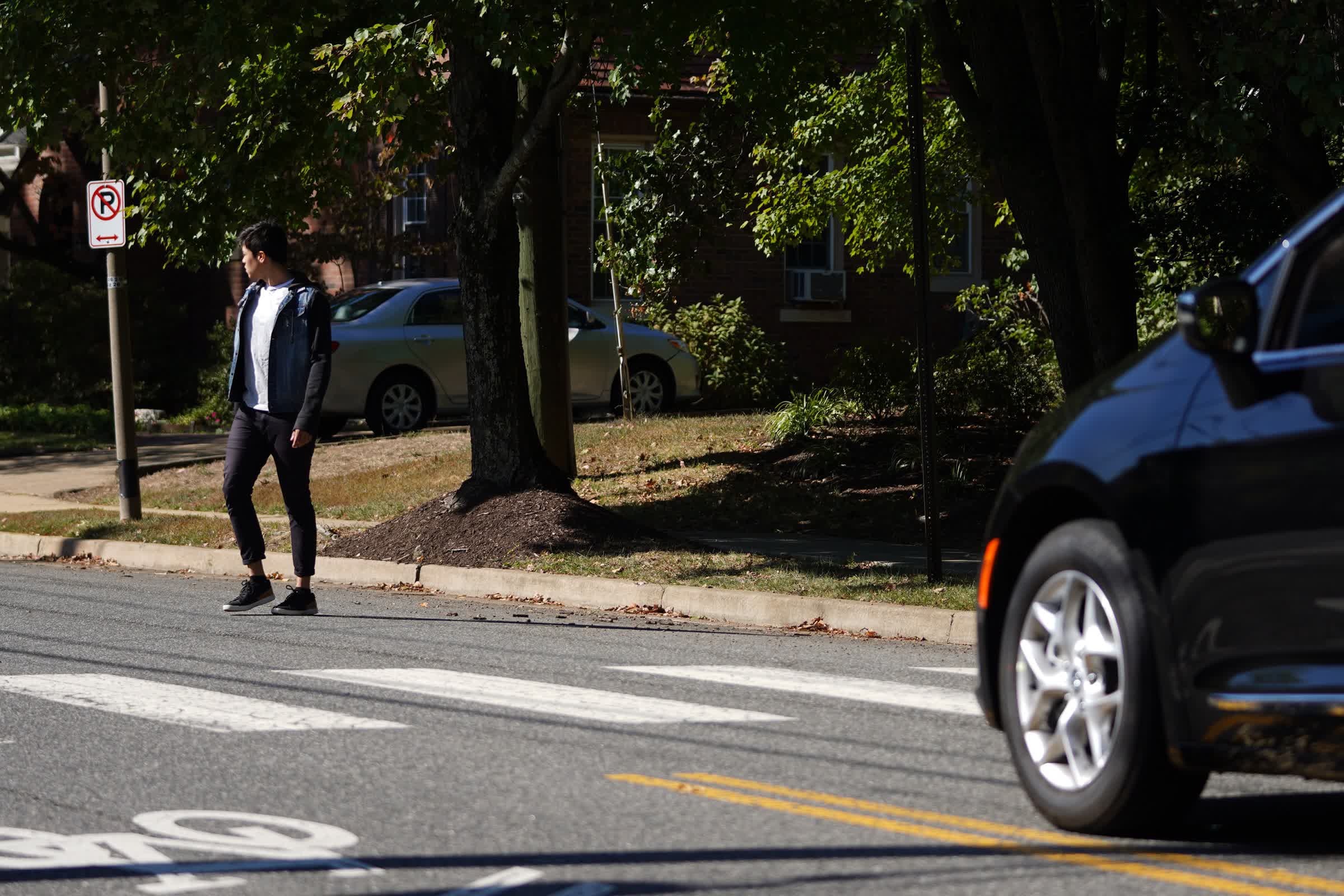The big picture: The National Highway Traffic Safety Administration's new automatic emergency braking rule requires automakers to develop and equip vehicles with technology that is currently unavailable. Consumer advocates question whether automakers have enough time, given the five-year window, to develop this technology and ensure it meets rigorous testing standards.
The NHTSA, a branch of the US Department of Transportation, issued a final rule late last month mandating automatic emergency braking (AEB), including pedestrian AEB, as standard on all passenger cars, SUVs, and light trucks by September 2029.
The catch is that the current technology does not meet the standard set by the NHTSA, which expects these systems to be capable of braking at speeds of up to 62 miles per hour and detecting pedestrians in both daylight and darkness – effectively raising the speed and nighttime requirements beyond the capabilities of available technology. However, the safety agency notes that some vehicles currently available offer this "maturing technology" as an add-on feature.
Automatic emergency braking "is now so advanced that we're requiring these systems to be even more effective at higher speeds and to detect pedestrians," said NHTSA Deputy Administrator Sophie Shulman. "Most new vehicles already come with AEB, and we expect that many cars and light trucks will be able to meet this standard ahead of the deadline, meaning even more lives will be saved thanks to this technology."
According to the NHTSA, an AEB system utilizes various sensor technologies and subsystems that collaborate to detect when a vehicle is about to crash, automatically applying the brakes if the driver has not done so or applying additional force to supplement the driver's braking.
The NHTSA emphasizes the importance of this standard for safety, anticipating that it will annually save at least 360 lives, prevent at least 24,000 injuries, and save more than $5 billion each year in property damage.

Testing by the Insurance Institute for Highway Safety, however, shows that the current crop of vehicles is not addressing crash scenarios very effectively. The institute recently updated its vehicle-to-vehicle front crash prevention test to address crashes occurring at higher speeds, and only one of the first 10 small SUVs evaluated earned a good rating (it was the Subaru Forester, in case you are wondering). The updated test includes trials run at 31, 37, and 43 mph, as well as other scenarios, and incorporates both forward collision warning and AEB systems.
The IIHS has high hopes for the new standard set by NHTSA. "I think the automakers are in a good position to respond to this new regulation," said David Zuby, chief research officer at IIHS. "What's tricky about the regulation is that it does now sort of raise the bar for the level of performance that [NHTSA] is asking for from these systems."
William Wallace, associate director of safety policy at Consumer Reports, points out that many automakers already have to comply with stricter European regulations. "Already in the last few years, AEB technology has improved significantly. It will continue to improve, especially given the opportunity to have five years for implementation," he said.
It is evident, however, that automakers will have to make additional investments in their existing AEB technology. Automatic braking systems relying on traditional cameras are usually less effective at night, especially with respect to pedestrians. "There are various advances in the marketplace and various technologies that could be used in order to improve the performance of these systems," Wallace said.
Using lidar sensors instead of radar and camera detection or employing thermal technology to detect body heat are among the suggested improvements. The final rule also mandates that vehicles pass a series of tests to prevent false activation of the AEB systems, which could also add to the cost for automakers.
Last month, NHTSA upgraded a probe into Honda Motor Co. vehicles due to reports of unexpected activation of emergency braking. The NHTSA had received 2,876 consumer complaints, and reports of 93 injury incidents and 47 crashes linked to the defect.
